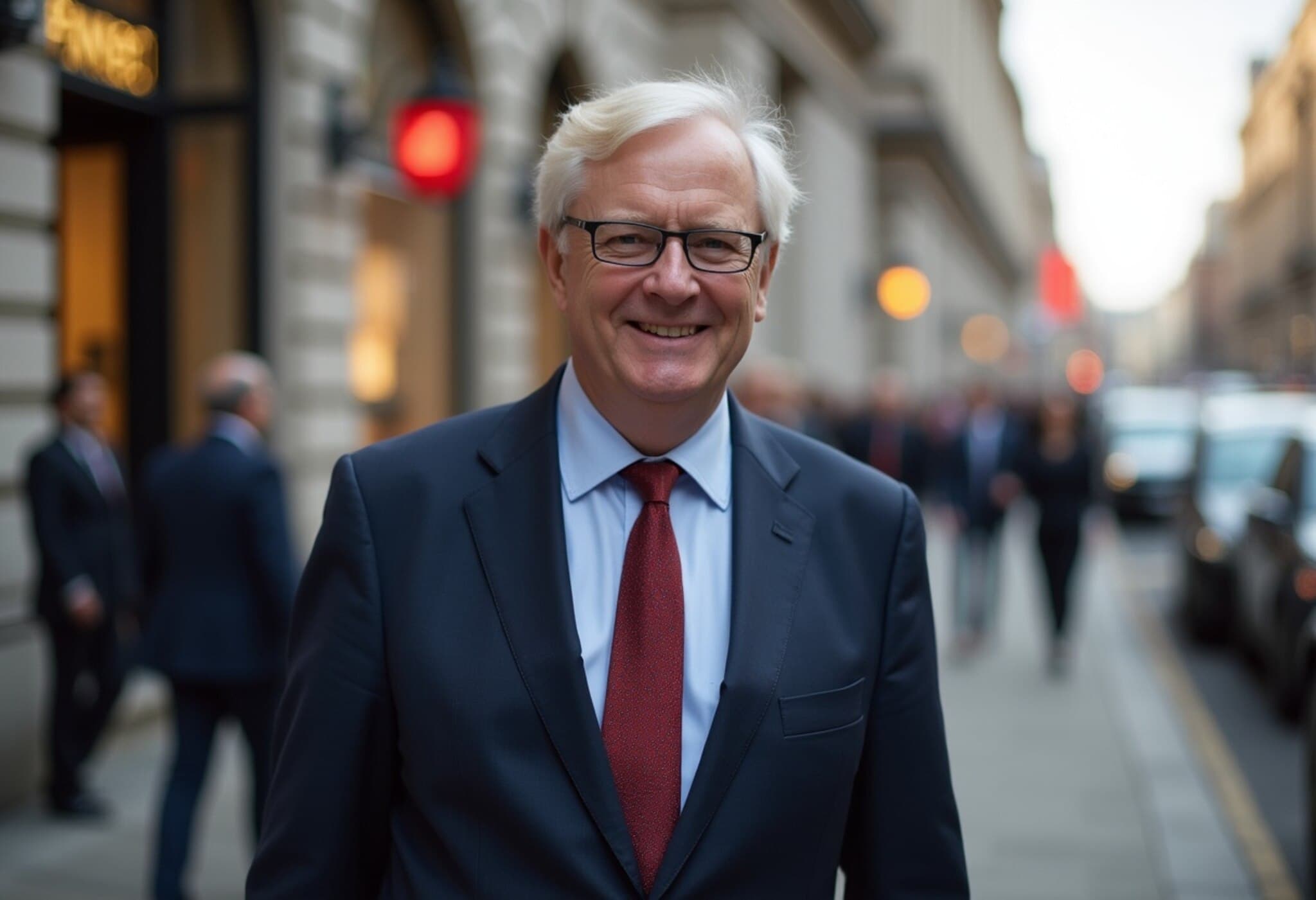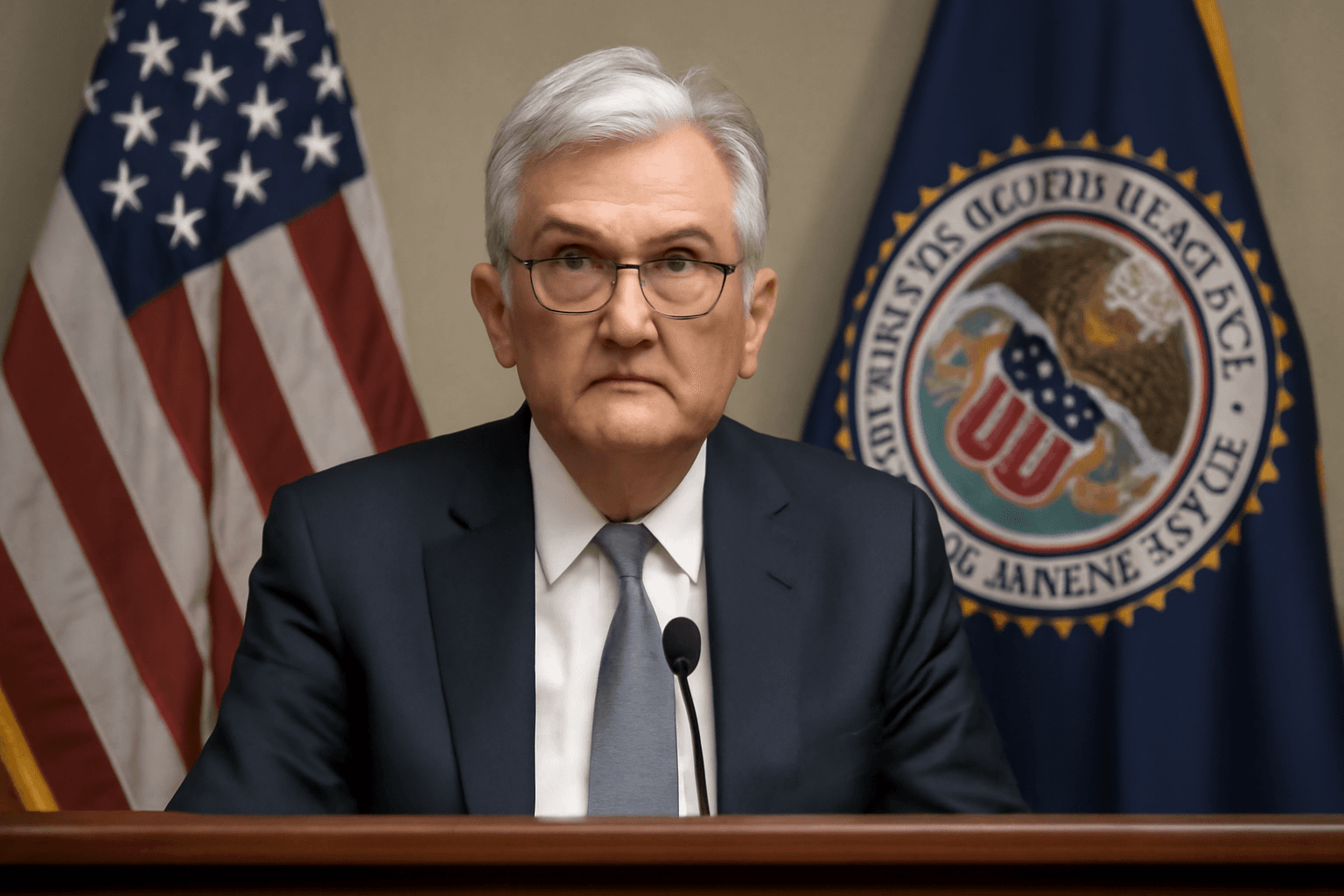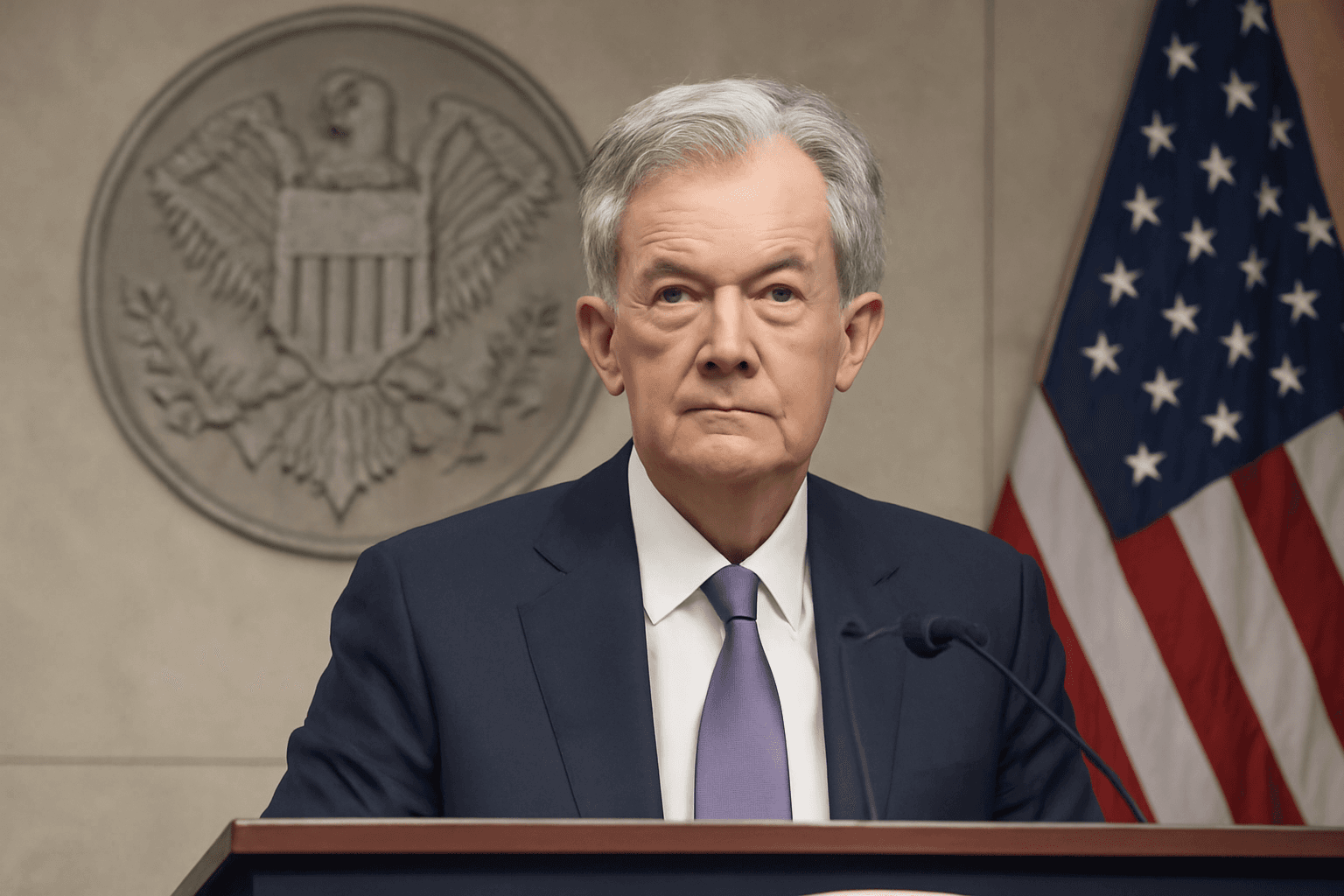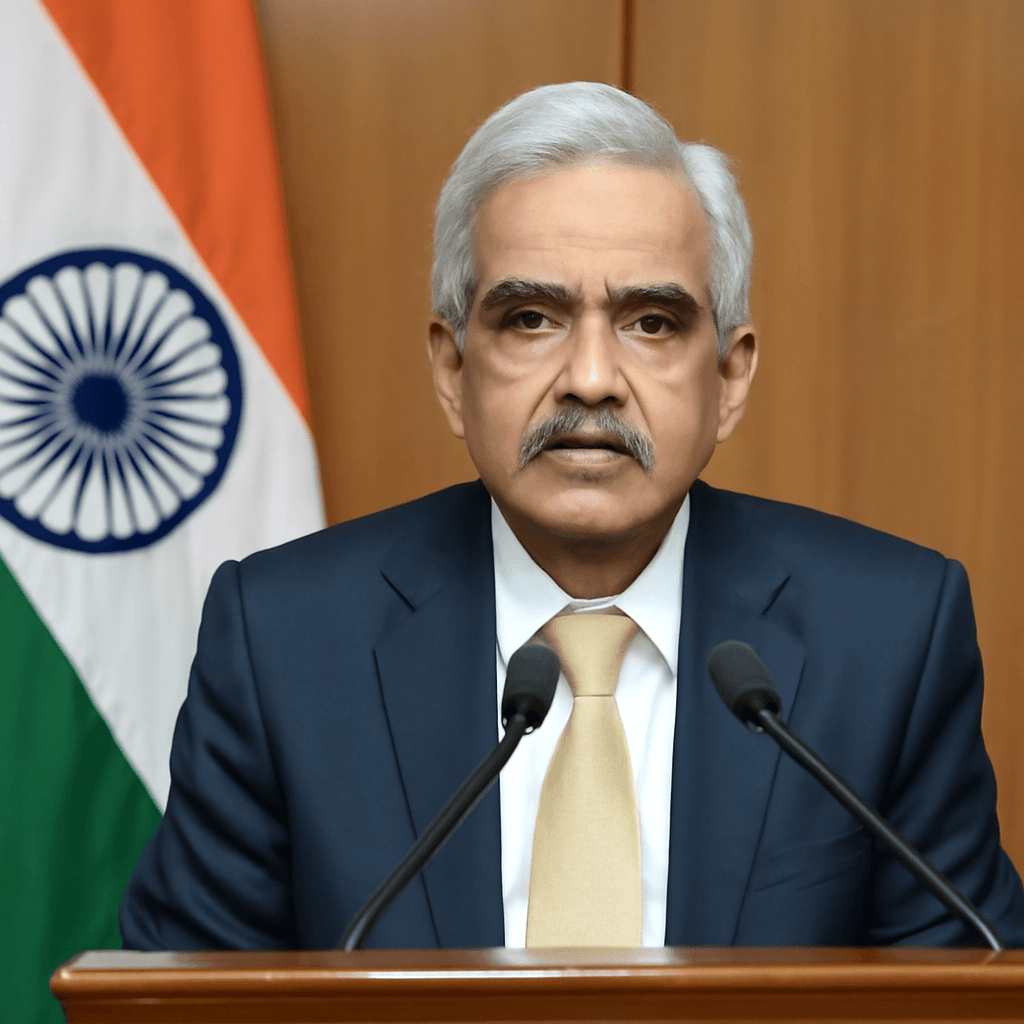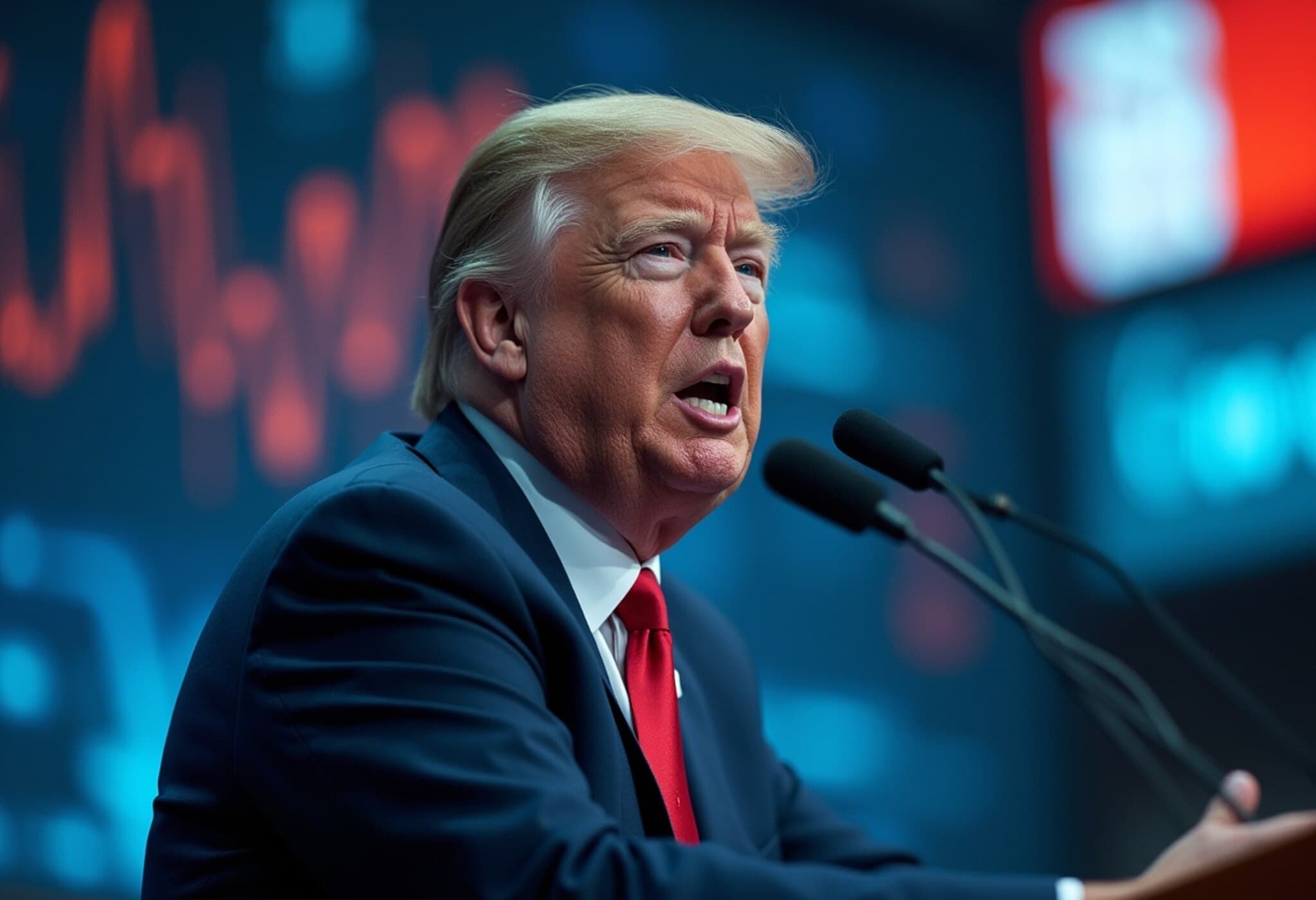Bank of England Votes Narrowly to Lower Interest Rate to 4%
In a closely contested decision on August 7, 2025, the Bank of England’s Monetary Policy Committee (MPC) edged forward with a quarter-point reduction in the key interest rate, bringing the Bank Rate down from 4.25% to 4%. The vote was split 5–4, highlighting ongoing uncertainty within the committee amid conflicting economic signals.
This move marks the first rate cut after a series of increases designed to control inflation, reflecting the central bank's cautious shift towards monetary easing in response to softening growth and stubborn inflation.
Balancing Inflation and Growth: A Delicate Tightrope
For months, the Bank of England has been caught between two competing pressures: slowing economic growth and persistent inflation. As of May, inflation lingered at 3.4%, well above the 2% target, while GDP growth showed signs of stagnation. Against this backdrop, the MPC’s decision reveals a nuanced approach—gradually easing policy but avoiding drastic moves that might risk reigniting inflation.
The close 5–4 margin underscored this tension. Four MPC members preferred keeping rates steady, while one advocated for a more aggressive 50 basis point cut, eventually resolved through a second vote favoring a 25 basis point decrease.
Market Reactions and Currency Impact
Following the announcement, the British pound gained 0.5% against the U.S. dollar, trading around $1.3424, demonstrating investor approval for the cautious policy adjustment amid economic uncertainties.
Expert Insights: Diverse Views on the Road Ahead
Andrew Bailey, Governor of the Bank of England, emphasized during the post-decision briefing that careful pacing is essential: "We must avoid cutting rates too quickly or too much," he said, noting optimism that recent spikes in headline inflation are unlikely to sustain.
Chancellor Rachel Reeves welcomed the decision, highlighting the positive repercussions for households and businesses by reducing borrowing costs for mortgages and loans.
Divergent Economic Perspectives
- George Brown, Senior Economist at Schroders, noted the unprecedented two-round voting reflected the committee’s struggle with conflicting data points—inflation, employment, and growth—all signaling different policy needs. He cautioned that further rate cuts would require clear evidence of disinflation and that rates might hold steady at 4% for the remainder of the year.
- Ashley Webb from Capital Economics argued that despite recent inflation blips, labor market softness would eventually ease wage pressures, forecasting cuts to 3% interest by 2026, a level below current market expectations.
Labor Market: The Lingering Wild Card
The labor market remains a focal point of debate. Recent figures show employment slipping, with payrolled jobs declining seven out of eight months, and a modest uptick in unemployment. However, experts caution that these trends mainly impact sectors like hospitality, which are vulnerable to policy changes such as increased minimum wages and payroll taxes.
James Smith and Chris Turner from ING highlighted that while the labor market shows signs of weakening, the slowdown is gradual. They underscored that this "slow-moving story" has yet to provide a "smoking gun" that would necessitate a fundamental policy shift. Meanwhile, persistent inflationary pressures remain a headwind.
What Lies Ahead for U.K. Monetary Policy?
The Bank of England reiterated its commitment to a "gradual and careful" withdrawal of monetary policy restraint, underscoring that future reductions will hinge on how disinflationary forces develop. The delicate path forward requires vigilance as policymakers weigh pressures from inflation, employment, and growth data that send mixed signals.
Key Considerations for Policymakers
- Monitoring inflation trends to ensure the 2% target remains attainable.
- Assessing employment data for signs of a sharper slowdown or recovery.
- Balancing support for economic growth without compromising price stability.
- Evaluating external risks, including geopolitical developments and global economic conditions.
Editor’s Note
The Bank of England’s razor-thin vote to cut interest rates underscores the fraught economic landscape facing the UK. With inflation still resistant and growth fragile, policymakers are threading a needle between curbing prices and supporting activity. The labor market’s ambiguous signals add a layer of uncertainty, inviting close scrutiny in upcoming months. For US observers and international investors, the UK’s approach highlights the broader global challenge central banks face—how to unwind tightening measures without derailing fragile recoveries. As the situation evolves, the impact on borrowing costs, currency fluctuations, and economic resilience remains a critical watchpoint for stakeholders across sectors.

